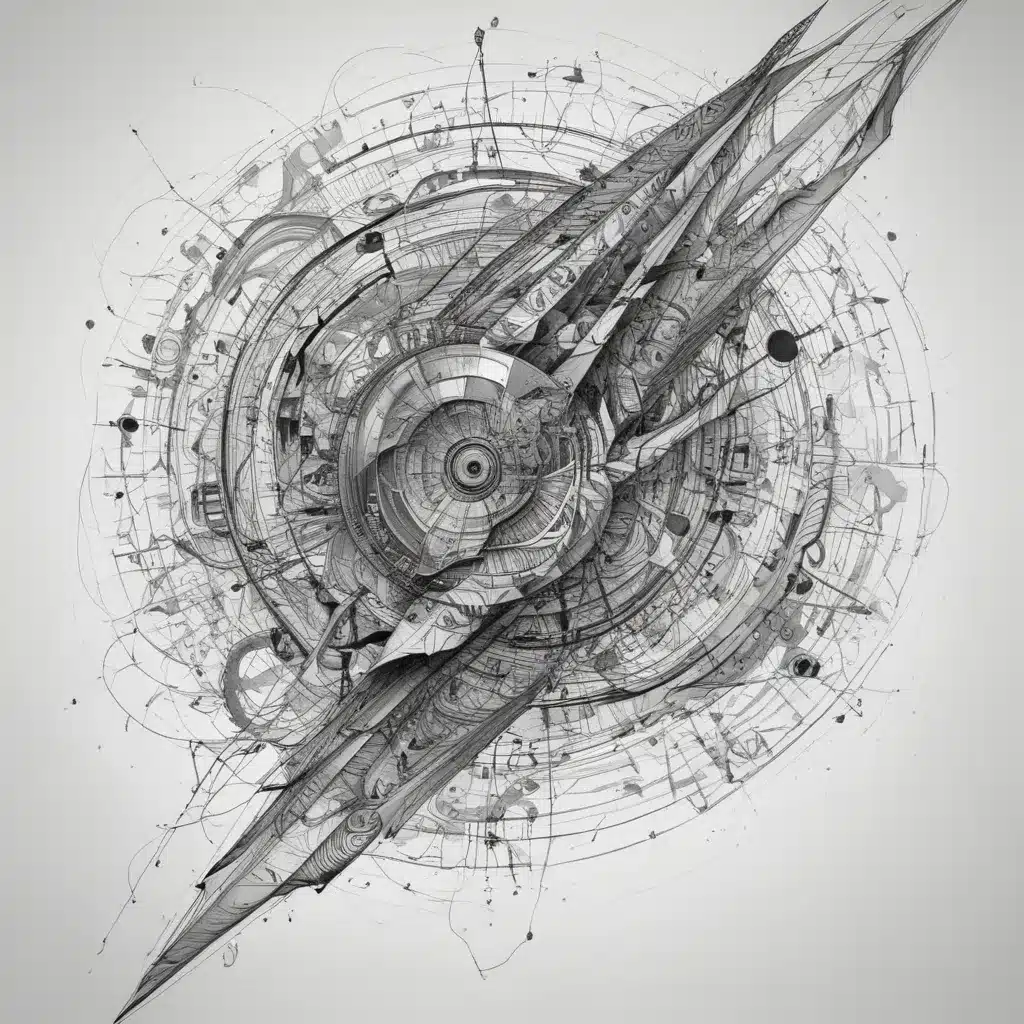
Throughout the history of art, there has been a continual fascination with accessing the wellspring of the subconscious mind. From the surrealists’ experiments with automatic writing and drawing to the abstract expressionists’ spontaneous mark-making, artists have long sought to bypass the conscious, rational mind and tap into deeper, more primal sources of creativity.
Now, this might seem counterintuitive…
Automatic Drawing and the Surrealist Legacy
The practice of automatic drawing emerged in the early 20th century as a key technique within the surrealist movement. Surrealist artists like Salvador Dalí, Joan Miró, and André Masson believed that by removing conscious control and allowing the hand to move freely across the page, they could access the hidden workings of the unconscious mind. The goal was to produce imagery that was not constrained by rational thought, allowing the creative impulse to flow unimpeded.
In his 1924 Manifesto of Surrealism, André Breton defined surrealism as “Pure psychic automatism, by which one proposes to express, either verbally, in writing, or by any other manner, the real functioning of thought.” This idea of “pure psychic automatism” became a guiding principle for surrealist artists, who would often begin a drawing or painting without any preconceived plan, allowing the materials to guide the creative process.
The results of these automatic exercises were often startling and unexpected, featuring bizarre juxtapositions of forms, disjointed narratives, and a sense of the uncanny. As Breton wrote, the goal was to create works that tapped into “the actual functioning of thought” – to bypass the filters of rationality and convention and give expression to the subconscious mind.
Pencil and Paint Muse has explored the legacy of surrealist automatism in depth, examining how these techniques continue to influence contemporary artists seeking to unlock the wellspring of creative inspiration.
Automatic Drawing as a Practical Technique
While the surrealists’ explorations of automatic drawing were rooted in a specific philosophical and artistic context, the practice can be a valuable tool for any artist or creative looking to access their subconscious and foster unconventional modes of expression.
The basic mechanics of automatic drawing are simple: pick up a pencil, pen, or other drawing implement, and simply start making marks on the page without any preconceived plan or intention. Allow your hand to move freely, following whatever impulses arise in the moment. Don’t worry about creating a “good” or “finished” drawing – the goal is simply to let the unconscious mind guide the process.
As you engage in this practice, you may find that unexpected forms, textures, and compositions begin to emerge. Perhaps a series of organic, biomorphic shapes start to take shape, or a tangle of spontaneous lines and marks coalesce into a compelling abstract design. The key is to remain open and receptive, resisting the urge to consciously direct the process.
Over time, you may begin to recognize patterns or recurrent motifs in your automatic drawings – elements that seem to bubble up from your subconscious with regularity. These can serve as starting points for further exploration and experimentation, allowing you to delve deeper into your own unique creative language.
Tapping into the Creative Wellspring
Automatic drawing is not just a technical exercise – it’s a way of cultivating a particular mindset and creative orientation. By letting go of conscious control and allowing the subconscious to guide the process, you open yourself up to new avenues of creative expression and discovery.
This approach can be particularly valuable when you find yourself stuck in a creative rut or struggling with artistic blocks. Instead of forcing yourself to produce polished, premeditated work, automatic drawing can help you reconnect with the intuitive, playful spirit of creativity. It can reignite your sense of wonder and curiosity, and inspire you to approach the artistic process in a more open-ended, exploratory way.
Moreover, the practice of automatic drawing can have broader benefits for your overall creative practice. By regularly engaging in this type of spontaneous, subconscious expression, you may find that your conscious, intentional work also becomes more fluid, expressive, and authentic. The lessons you learn from automatic drawing – about letting go, embracing uncertainty, and trusting your intuitive impulses – can infuse every aspect of your artistic practice.
Expanding the Boundaries of Automatic Expression
While automatic drawing has traditionally been associated with pencil and paper, the underlying principles of the technique can be applied to a wide range of artistic media and disciplines. Photographers, for example, can experiment with automatic image-making by setting their cameras to random settings and capturing the resulting images without conscious intention. Likewise, musicians can explore automatic composition by improvising freely on their instruments, or by using generative, AI-driven software to produce unexpected sonic landscapes.
In each case, the goal is the same: to transcend the limitations of conscious, rational thought and tap into the wellspring of the subconscious mind. By embracing uncertainty, spontaneity, and the unexpected, artists can unlock new realms of creative expression and open themselves up to the serendipitous discoveries that lurk within the depths of the psyche.
As you explore the rich and varied terrain of automatic drawing and other subconscious-driven creative techniques, remember that the journey is just as important as the destination. Embrace the process, trust your intuition, and be willing to let your work evolve in unexpected ways. In doing so, you may just uncover the hidden treasures that lie within the recesses of your own creative mind.
Example: Pencil Portrait Challenge 2024